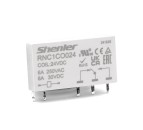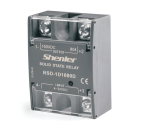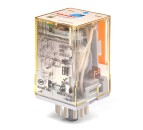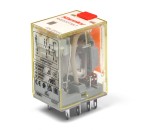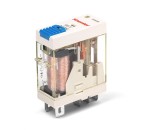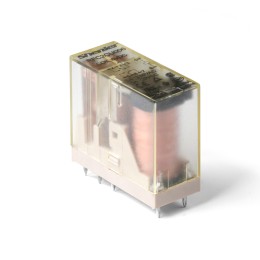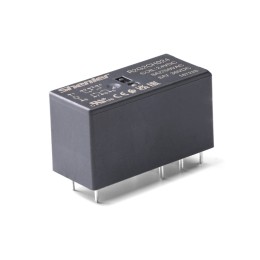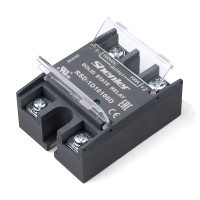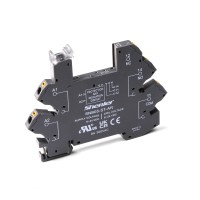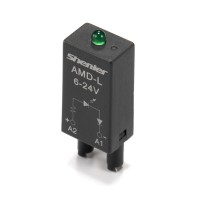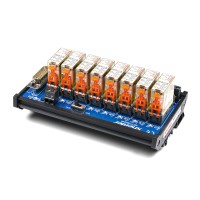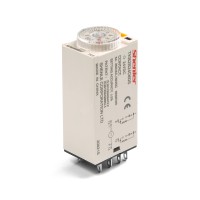PCB Relay
Leveraging precision-engineered components and automated SMT assembly processes, we provide:
● Application-specific relay customization
● Custom coil voltage/power rating configurations
● Specialized contact materials (Ag alloy, Au)
● Optional integrated snubber circuits/varistor protection
● Certified to global safety and environmental protocols including CE, UL, RoHS etc
Our technical solutions team offers OEM/ODM and relay parameter optimization services to enhance system reliability and operational safety across diverse industrial environments.


Download Shenler PCB Relay Catalog PDF
DownloadWhat are the different types of PCB Power Relay?
A PCB power relay is an electromechanical device used to control the flow of current in a circuit. There are many different types of PCB power relays, each with unique characteristics and applications. The most common types of PCB power relays are solid state relays, reed relays, and mercury relays.
Solid state relays are the most common type of PCB power relay and are typically used in low power applications. Reed Relays are used in high power applications, typically in automotive and industrial applications. Mercury relays are the most expensive type of PCB power relay, but they provide the highest level of surge protection.

Finding and Sourcing PCB Relays
When purchasing a PCB relay, it is important to consider the specifications and requirements of the application, such as rated voltage and current, contact configuration, switching speed and reliability.
When selecting a supplier, you should also consider factors such as lead times, pricing, and minimum order quantities. It may be helpful to request samples or test the relays in your application before placing a large order to ensure they meet your requirements. Shenle provides you with the supply chain visibility you need to find the relays you need for your high power circuit boards.
